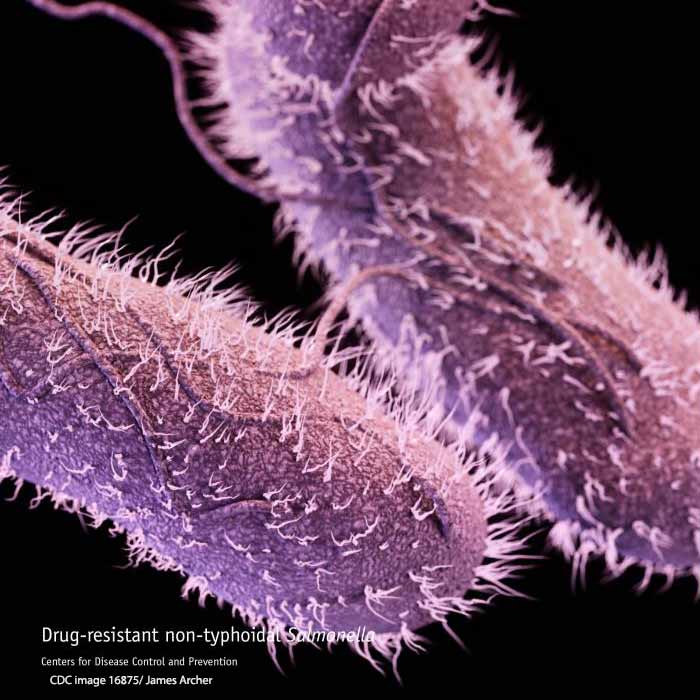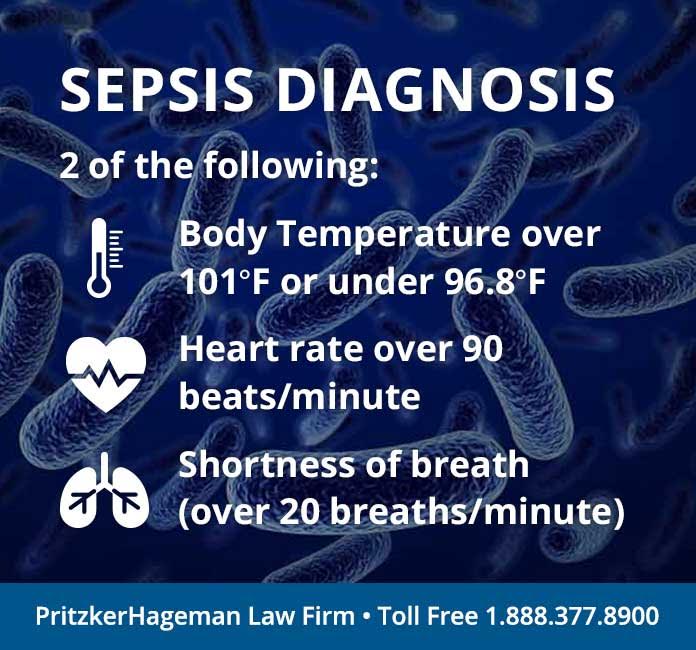Raw milk sold by Heber Valley Milk & Creamery in Wasatch County, Utah, has been linked to an outbreak of Salmonella Saintpaul infections, according to the Utah Department of Agriculture (UDA). To date, 9 people, ages 15 to 78, have been sickened, all of whom reported consuming raw milk purchased at the dairy before they got sick. Of the 9, 2 were hospitalized.

Dates of onset of illness range from March 20, 2016 to August 14, 2016.
As part of the investigation, UDA collected samples of raw milk from the Heber Valley dairy and tested them to see if they were contaminated with Salmonella bacteria. On August 23, 2016m, a raw milk sample collected at the dairy tested positive for Salmonella Saintpaul. This is evidence that raw milk from the dairy is the source of the 9 illnesses.
UDA tested milk samples more recently, and there were no signs of salmonella. As a result, UDA has allowed the dairy to resume sales.
5 Things to Know about Raw Milk and Salmonella
- Drinking raw milk may be dangerous. Milk that is “raw” is not pasteurized. Because it is not heated to kill bacteria before sale, it can be contaminated with dangerous pathogens, including Salmonella. Nothing about the look, taste or smell will warn someone that the milk is contaminated and potentially deadly.
- Salmonella are bacteria that can cause an infection of the intestines called salmonellosis. This infection can spread throughout the body by way of the bloodstream. This is called sepsis, and it is sometimes referred to as blood poisoning. Medical treatment is necessary to prevent permanent damage or death in some cases.
- Salmonellosis symptoms can appear from 12 hours to 7 days after consumption of contaminated food. Symptoms include fever, vomiting, diarrhea, abdominal pain, and headache. The abdominal pain is intense, and the vomiting can cause severe dehydration. Anyone experiencing symptoms of this illness should seek medical attention immediately.
- “Since 2009, there have been 30 documented outbreaks associated with raw milk sold at Utah dairies statewide, with more than 400 people becoming ill,” according to UDA.
- People sickened in an outbreak have the right to sue for compensation if there is evidence to support the lawsuit. With Salmonella cases, our Salmonella lawyers gather both epidemiological and microbiological evidence, including the results of DNA testing, called PFGE, on Salmonella isolates obtained from outbreak victims and food samples.
